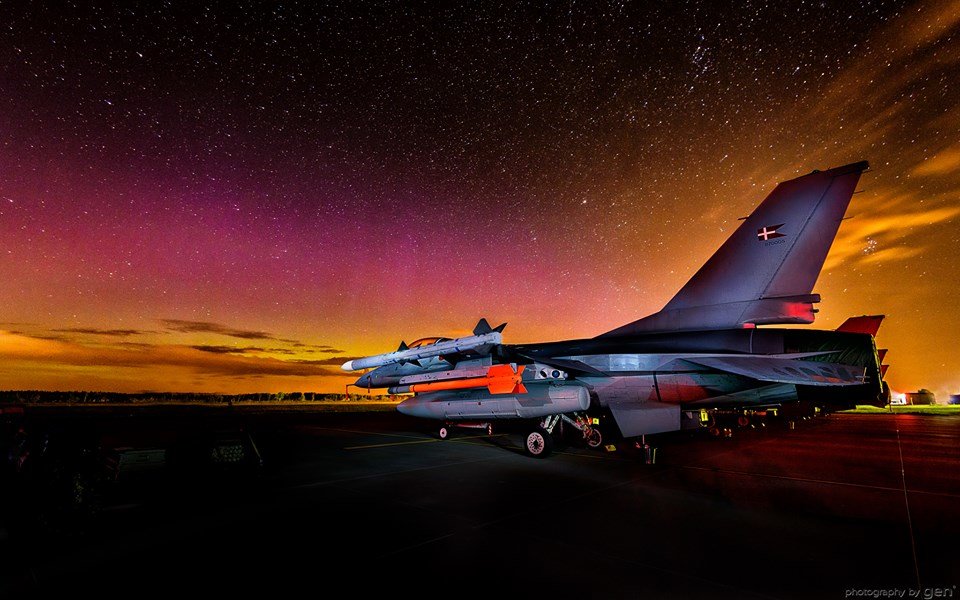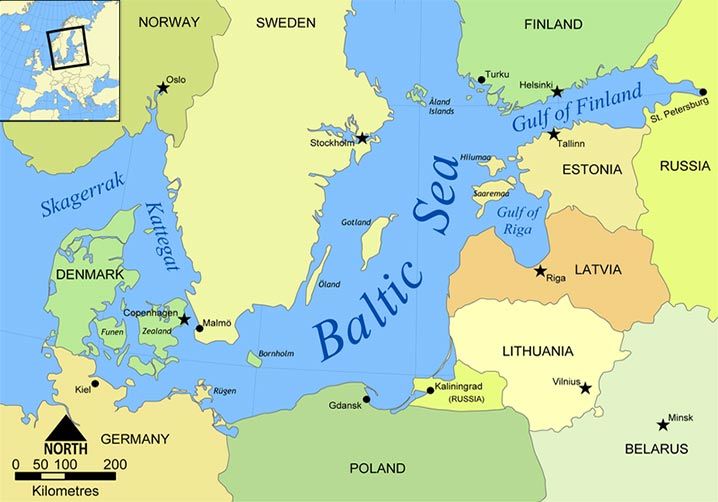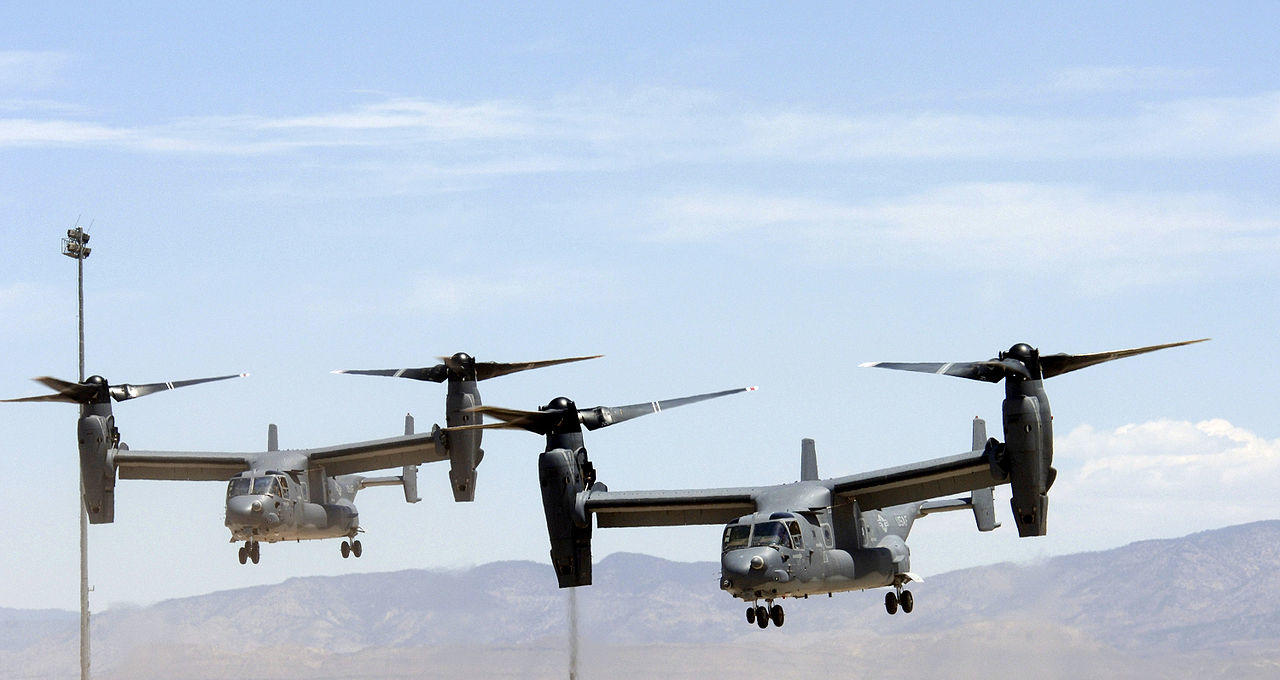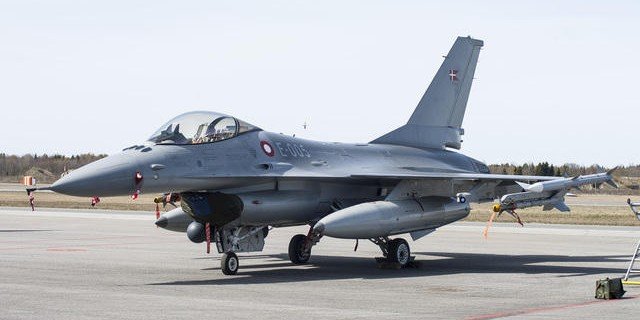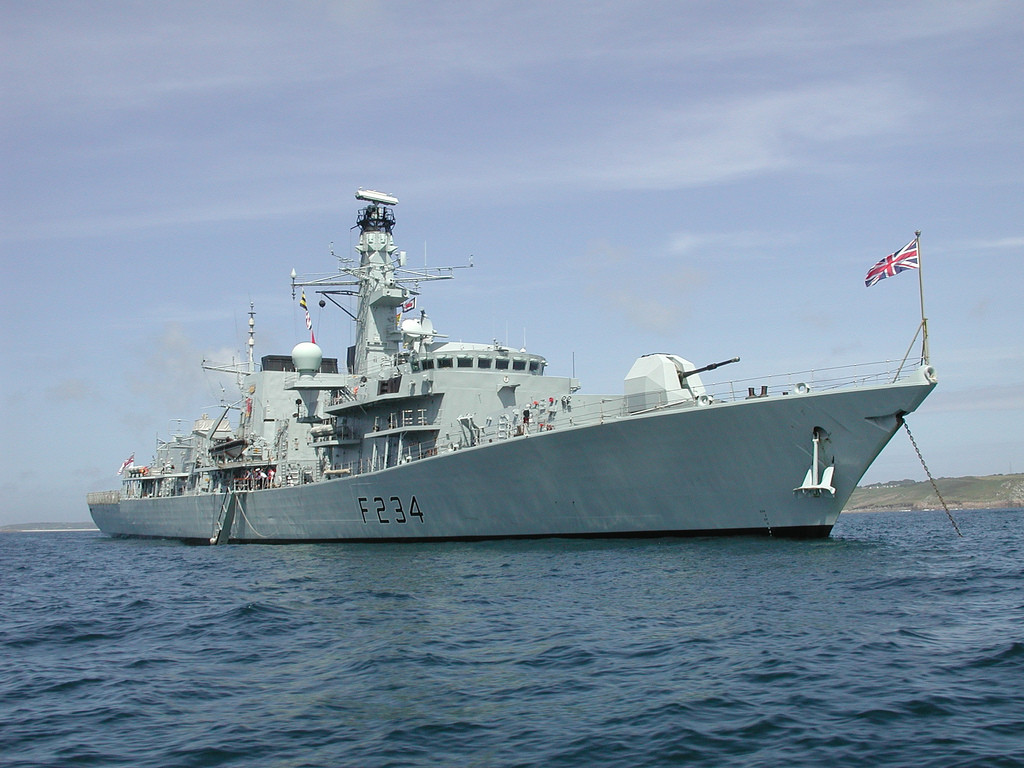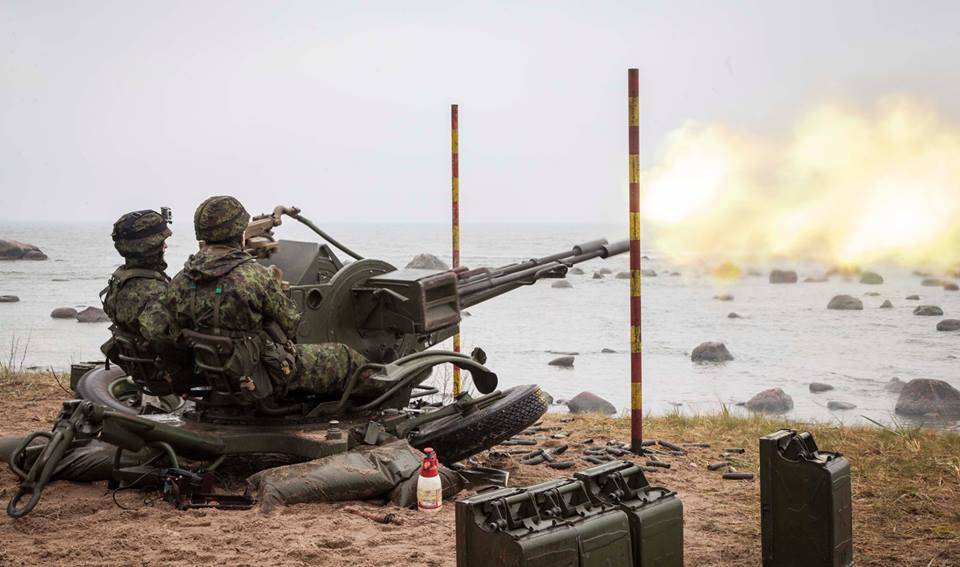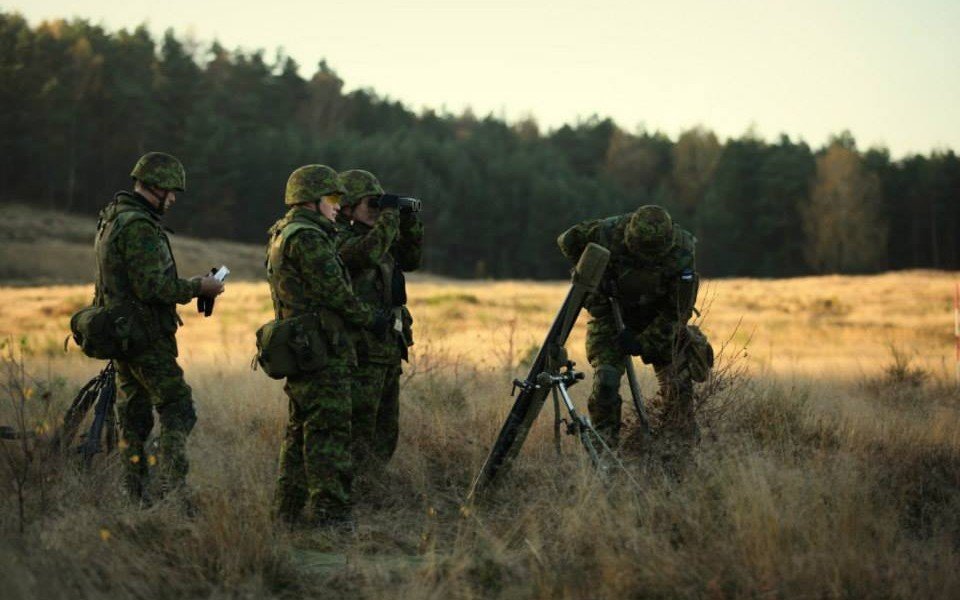Russia’s illegal annexation of Crimea in March 2014 and its military actions in Ukraine have led transatlantic policy-makers to reassess collective defence arrangements across what is frequently referred to as NATO’s “eastern flank”. Extending north partially beyond the “eastern flank” is a region that comprises eight Nordic and Baltic states, which have become increasingly interdependent in security terms. The region is of rising importance in the context of Europe’s changing security order – and defence and deterrence is set to be high on the agenda at NATO’s summit meeting in Warsaw, Poland, in July.
This article was first published in NATO Review magazine.
NATO has a strong role in coordinating closer security ties between the region’s states. Finland and Sweden are not members of the alliance and are therefore not covered by NATO’s collective defence clause. However, the allies are working closely with both countries – two of NATO’s most active partners – to assess security in the Baltic Sea region, to expand exchanges of information, including on hybrid warfare, coordinating training and exercises, and to develop better joint situational awareness.
The prospects are positive for improved NATO-Nordic-Baltic defence cooperation, yet a number of important challenges need to be overcome. The region will test NATO’s flexibility in strengthening defence ties among its members and crucial partner states.
The Baltic balance
The Baltic states broadly welcomed the deterrence measures agreed at NATO’s Wales Summit in 2014 to form the Readiness Action Plan (RAP). Nevertheless, many in the Baltics see it as a work in progress.
A core feature of the RAP is the 5000-strong Very High Readiness Joint Task Force (VJTF) created within the NATO Response Force (NRF). Baltic capitals would, of course, prefer the guarantee of a larger and permanent NATO military presence on their territory, whereas the current arrangement under RAP stresses the “trip-wire” of small allied rotations.
NATO’s lead allies – France, Germany, the United Kingdom and the United States – still prioritise resolving the wider eastern European security crisis through diplomatic means. This has led to a difficult balancing act: on the one hand, they aim to stay within the constraints of the 1997 NATO-Russia Founding Act and avoid a tense military build-up along NATO’s “eastern flank”; on the other, they seek to assure NATO’s eastern members that any possible aggression will be credibly deterred.
Scaling-up cooperation within RAP
A radical overhaul of RAP is currently difficult to foresee but the deterrence framework can still be improved within the mentioned constraints. In signalling to Russia that there are no divisions within NATO that it can exploit, it is important that the various components of RAP are sourced from a broad group of allies.
NATO’s Baltic air policing mission shows that wide-scale allied participation is both possible and able to adapt to changing security circumstances. Since 2004, the air forces of 16 different NATO member states have been involved in securing Baltic air space. In the immediate aftermath of the 2014 Crimean crisis, the mission was scaled up in terms of the allies and fighter aircraft involved. If required, options for increased airpower can be accommodated through more intensive use of bases at Malbork in Poland and Ämari in Estonia, in support of the air policing mission’s original home at the Šiauliai Air Base in Lithuania.
Since the RAP’s formation, the broad involvement of allies has overall been satisfactory. Germany, Norway and the Netherlands have taken up the mantle for the “interim spearhead force”, ready since January 2015, until the VJTF comes into full operation in 2017.
Moreover, the Pentagon is currently considering plans to deploy a 5,000-strong combat brigade to Europe to rotate through the Baltic states, Poland, Bulgaria and Romania on a continuous basis. The United Kingdom will establish a greater naval presence in the Baltic Sea, announcing in February 2016 that it will deploy a destroyer, a frigate and three minesweepers, and has also pledged 100 troops for the Baltic states. Germany also plans to rotate military companies in the Baltic states and Poland.
NATO can gain a psychological edge by credibly signalling its ability to rapidly scale-up its deterrence presence along the “eastern flank” in the event of deteriorating security circumstances. In this respect, it will be important to upgrade hosting capabilities to be able to accommodate increases in NATO troops and military hardware. The United States has allocated an extra USD2.4 billion for this purpose in its 2017 budget but more needs to be done by NATO – primarily by the states comprising the “eastern flank” – to provide the infrastructure needed to facilitate the scaling-up of NATO deterrence if required.
Boosting deterrence and defence through exercises
The number of major exercises conducted by NATO fully encompassing the land, sea and air power of its allies in the Baltic Sea region should be increased. With Russia conducting “snap” military exercises numbering 30,000-80,000 troops proximate to Baltic borders since the onset of the Ukraine crisis, the previous NATO exercises that have taken place in the region, such as the 6,000 strong Steadfast Jazz in November 2013, now seem rather modest. Larger exercises would serve to demonstrate NATO’s credible commitment to deter one of the core aspects in Russia’s application of “hybrid” warfare, namely the use of the presence of large-scale conventional forces close to the border of the target state as coercion.
Smaller exercises in the region also bring added value to NATO allies. Conscript and volunteer units remain important for Estonia’s territorial defence system and Lithuania recently decided to bolster its territorial defence through the reintroduction of conscription. Should a Russian military encroachment occur on Baltic territory, these conscript and volunteer forces working alongside their professional counterparts will be crucial to the early defence effort. It should therefore be important for all Allies centrally involved in RAP to hone better interoperability with these non-professional force components.
A model upon which to build was provided by the Siil/Steadfast Javelin exercise in Estonia in May 2015. This was a substantial exercise considering Estonia’s population of 1.3 million. The exercise involved 13,000 Estonian troops including conscripts and volunteers together with 600 troops from NATO Allies including Belgium, Germany, Latvia, Poland, the Netherlands and the United Kingdom.
Force structures
The Baltic states should be allowed the opportunity to remodel their force structures in accordance with changed territorial security circumstances. NATO remains a multi-purpose alliance committed to collective defence, cooperative security and crisis management. Despite concerns over territorial defence, the Baltic states have previously been eager to respond to NATO expectations and contribute to out-of-area crisis management efforts, particularly in Afghanistan.
Participation in international missions has brought many side-benefits for Baltic military improvement. However, following Russia’s recent resurgence, Baltic defence planners need to focus their limited resources on military force structures that will facilitate a “deterrence by denial” strategy.
For the small Baltic militaries, this means developing tactics and leveraging military technology that will frustrate, bleed and limit the advancement of any encroaching enemy force. The Baltic states should be exempt from NATO-wide contribution expectations for any future crisis management missions. Instead, Baltic defence planners should selectively choose their missions based on the military development opportunities they offer.
Coordinating Nordic-Baltic defence
The security interdependence between the Nordic and Baltic states has increased considerably over the past decade. Maritime security has become one of the most pressing issues. Connections providing critical energy and communications infrastructure link many states in the region. Many key connections pass underneath the Baltic Sea.
In the event of a crisis breaking out around the Baltic Sea, secure access to this infrastructure becomes crucial to ensuring that NATO has the widest possible freedom of movement should the alliance need to react in defence of any one of its allies. As Finland and Sweden are key provider states within these developing Nordic-Baltic infrastructural networks, NATO should ensure that both these partner countries are given the option to be integrated strongly within the relevant contingency planning structures.
Maritime security issues also centre on the strategic position of Gotland (Sweden) and the Åland Islands (Finland). Defence of the Åland Islands is complicated by the demilitarized status they hold under international law. Gotland was demilitarized after the Cold War but has recently been remilitarized: in light of potential danger, Sweden is establishing a precautionary 300 strong battlegroup on the island. The Swedish defence analyst, Karlis Neretnieks, has argued that should Russia capture Gotland, which is located in the centre of the Baltic Sea, their forces could position mobile surface-to-air missiles there. While placing the security of NATO’s allies in the region at risk, such a move would again potentially restrict NATO’s freedom of movement in the effort to respond in defence of these allies. The same logic can apply in the case of the Åland Islands.
Security for Gotland and the Åland Islands rests with Sweden and Finland respectively. However, the strategic position of these islands with respect to wider regional defence strengthens the argument that, as key Alliance partners, Sweden and Finland should seek to further synchronize their maritime security planning with NATO and individual Allies in the region.
Overcoming political obstacles
The Ukraine crisis has brought Nordic and Baltic security perceptions closer together. However, some intricate differences remain. This is the case particularly between Finland and Estonia. While cooperation thrives in other political and economic areas, the policy divide concerning some defence issues runs deep. Issues of Russia policy bring to the surface the differing approaches that have developed between both the Finnish and Baltic foreign policies.
Finland seeks to put improved defence arrangements in place in a way that minimizes confrontation with Moscow. The Baltic states, on the other hand, have frequently strived to communicate to their fellow members in NATO and the European Union the threat that Russia poses to European security order. In this sense, the view from Helsinki might be that Baltic leaders needlessly add tension to their relations with Russia, creating risk and making greater Finnish involvement in wider regional defence less attractive. Improved political understanding on both sides is required to overcome these difficulties.
The reformed concept of Nordic Defence Cooperation (NORDEFCO) announced in November 2014 to include close partnership with the three Baltic states should act as an environment where an improved cooperative ethic can be achieved. All participating states should take firm advantage of the benefits that a “new” NORDEFCO might offer.
Closer links between NATO and NORDEFCO
Increasing links with NATO in a wider sense stands to widen the pool of expertise available for NORDEFCO’s development. Finland and Sweden are already benefitting from enhanced opportunities for cooperation and dialogue with NATO since 2014. Moreover, Denmark and Sweden agreed to expand defence cooperation in January 2016, demonstrating the higher emphasis on defence policy within the mainstream Nordic political agenda.
As all militaries in the Nordic-Baltic region require similar specifications in procuring equipment, the NORDEFCO environment provides opportunities to reduce financial burdens by bringing greater economies of scale to bear for joint procurements. With a strong argument present to advocate cold weather operations as a core focus, the NORDEFCO framework facilitates opportunities for a greater number of joint military exercises that promise to hone better military interoperability in the Nordic-Baltic region.
The underlying compatibility between the Nordic and Baltic defence systems is strong. As is the case with Estonia and Lithuania, territorial defence planning in most Nordic states includes strong conscript elements.
Finally, from a wider NATO perspective, more NORDEFCO exercises should also be open to allies from outside the region, such as the Germany, France, Poland, the United Kingdom and the United States, which stand to be important contributors under the RAP framework to defence in the Baltic Sea region. This type of wider security cooperation centred on Nordic leadership has previously been conducted to prepare for peace-support operations, for example, the Swedish-led “Viking” exercises. Given the current Nordic-Baltic security situation, there should also be scope to widen this cooperation into the area of territorial defence.
I
Cover: Danish Air Force’s F-16 in Ämari Air Base, Estonia, in 2014 (photo by Gen Vagula)

